Topics
Breeding waders
The UK’s breeding waders are in decline, due to a combination of habitat loss, unfavourable habitat management and predation. BTO science seeks to deliver the impartial evidence required to develop and support realistic conservation strategies for these species, working in partnership with a broad range of stakeholders. Conservation strategies must ensure that sustainable populations of breeding waders are present in the countryside, and that these populations are resilient to future changes.
BTO research is making a significant contribution towards understanding the causes of breeding wader declines, and identifying effective conservation solutions.
Waders in decline
The UK’s upland, grassland and farmland habitats host important populations of breeding waders – for some species, such as Curlew and Oystercatcher, some of the largest populations in all of Europe. However, from their peak numbers in the early part of the 20th century, many of these species are now in trouble. Results from the Breeding Bird Survey and Bird Atlas 2007-11 highlight the declining populations and range reductions of species such as Lapwing, Curlew, Redshank, Snipe and Oystercatcher across much of the UK. Analyses of these long-term monitoring data, together with species- and habitat-specific research have demonstrated several key drivers of declines:
- Loss and deterioration of breeding habitat as a result of climate change and recently-adopted agricultural practices, such as conversion of traditional meadows to intensive grassland monocultures;
- Reduced productivity (survival of eggs and chicks) because of losses due to agricultural activities, greater predator numbers and increased vulnerability of eggs and chicks to predation in degraded habitat.
BTO research is making a significant contribution towards understanding the causes of breeding wader declines, and identifying effective conservation solutions. Monitoring and scientific evidence will be central in informing policies targeted at improving wader breeding habitat and reducing losses of eggs and chicks in agricultural landscapes, and increasing the resilience of breeding habitats to climate change. Similarly, impartial science will play a key role in identifying the causes of high predator numbers in different landscapes.


Working together for waders
BTO works with partners across a broad range of stakeholders; this collaborative approach plays a key role in delivering effective conservation solutions for the UK’s breeding waders.
- We are evaluating the effectiveness of agri-environment schemes and other conservation management tools for breeding waders, both in the UK and more widely in Europe.
- We are working with partners across diverse sectors, from government to game managers, to understand the role of predation in wader population declines.
- We are engaging with and supporting local stakeholder groups in developing monitoring programmes for wader populations.
- We are working with stakeholders to identify the vulnerability of upland waders to climate change and how conservation management can be adapted in response.
BTO’s important role in partnership-working for breeding waders reflects our well-respected position as an organisation delivering impartial scientific evidence. This vital position will inform sustainable conservation strategies going forward, given a range of diverse views and the potential conflicts with other land management objectives such as woodland expansion, grouse moor management and catchment-scale flood management.
Our research aims
Developing realistic strategies to support sustainable, resilient populations of breeding waders needs to be underpinned by monitoring and impartial scientific evidence. In order to enable this, we aim to:
- Engage, support and advise a diverse group of stakeholders in monitoring breeding waders;
- Act as an impartial hub for the collation, communication and dissemination of information on breeding waders;
- Review and synthesise evidence from across stakeholder groups on the causes of change and the effectiveness of conservation interventions;
- Identify and communicate the tools required for supporting sustainable populations of breeding waders in diverse landscapes to a range of audiences, which can be incorporated in land use and conservation policy.
These core objectives aim to establish a strong legacy of mechanisms and networks that will continue engagement, collaboration, science and conservation action for breeding waders into the future.
BTO’s important role in partnership-working for breeding waders reflects our well-respected position as an organisation delivering impartial scientific evidence.
Support wader research
Breeding waders are in peril. Support Operation Wader to help our waders thrive once more.
Donate to our Operation Wader AppealRelated Publications
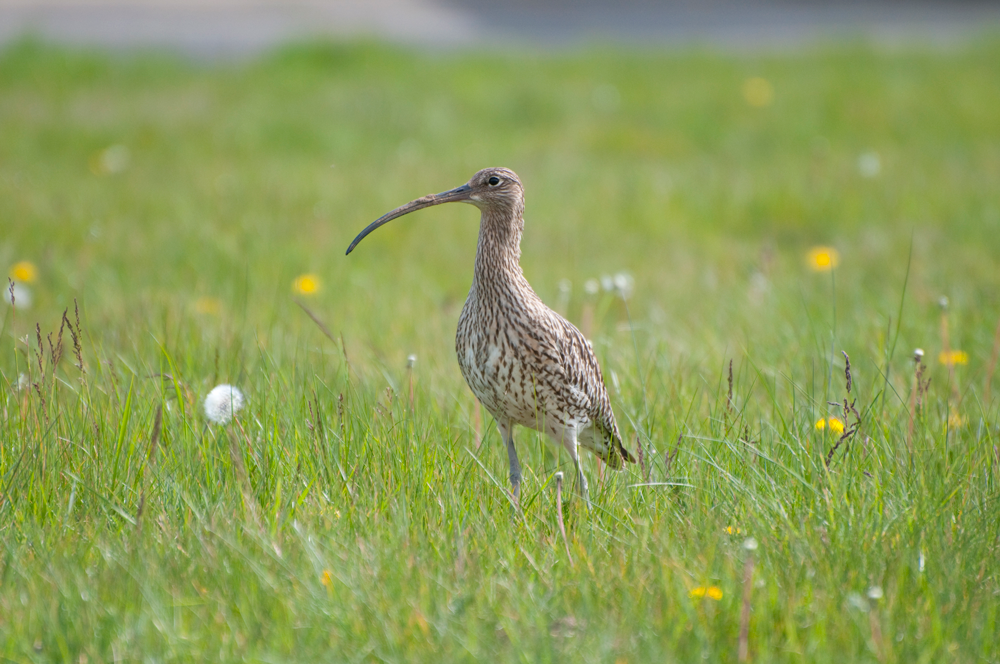
Evaluating the effectiveness of conservation measures for European grassland‐breeding waders
Wading birds are benefiting from conservation action but we need more of it
Ecology & Evolution
Whether it is the swooping display and ‘pee-wit’ calls of a breeding Lapwing or the haunting cry of a Curlew over a tall hay meadow, breeding waders deliver some of the most iconic sights and sounds of the British countryside in spring. But, along with many of the other species breeding in agricultural habitats, all is not well with these charismatic birds, as BTO Research Ecologist Sam Franks reveals.
More Details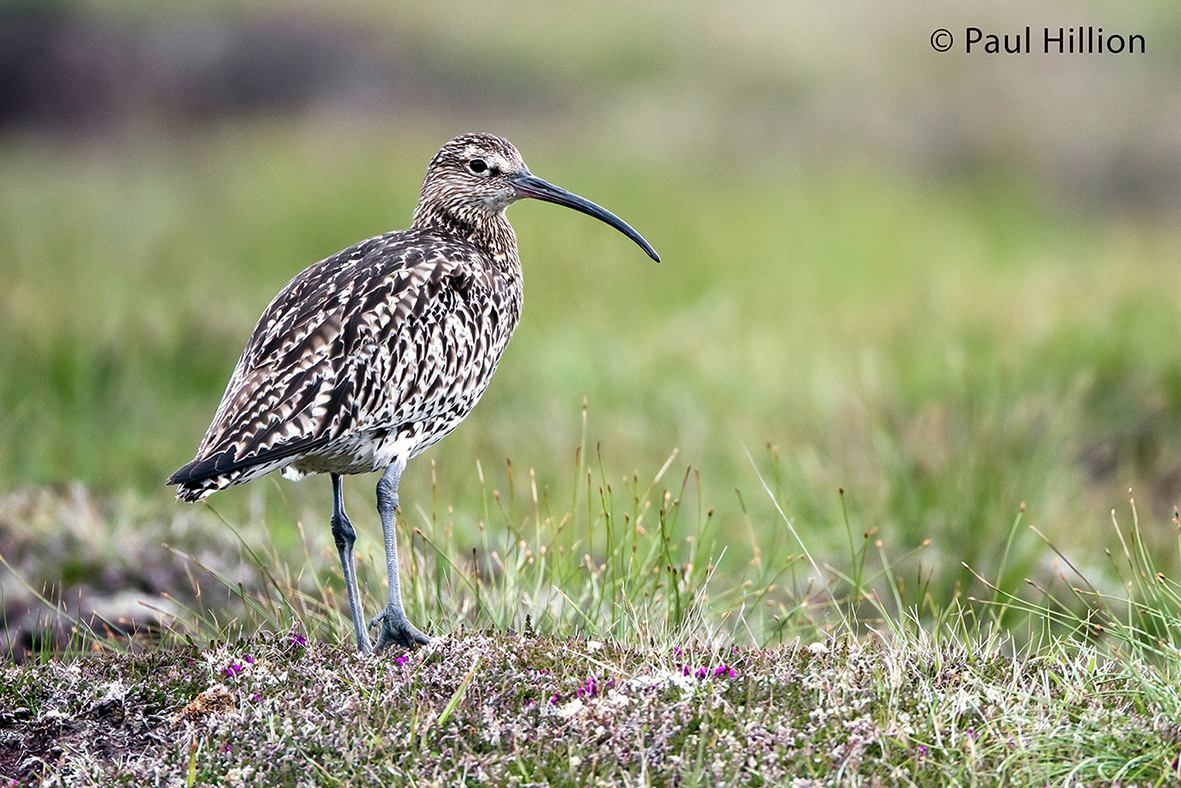
Environmental correlates of breeding abundance and population change of Eurasian Curlew Numenius arquata in Britain
The decline of the Curlew
Bird Study
Wader populations are declining worldwide, and here in the UK we have seen dramatic declines of Curlew populations. This study by the BTO in cooperation with the RSPB looks at which threats are influencing our Curlew.
More Details
Investigating wader breeding productivity in the East Cairngorms Moorland Partnership Area using collaborative methods

Review of data and monitoring options for assessing the status of breeding wader populations in the Yorkshire Dales National Park
BTO Research Report
This report assesses the availability and quality of information relating to breeding populations of six of the most numerous wader species (Oystercatcher, Golden Plover, Lapwing, Snipe, Curlew, Redsh
More Details
Monitoring Breeding Waders in Wensleydale: trialling surveys carried out by farmers and gamekeepers

Continuing influences of introduced hedgehogs Erinaceus europaeus as a predator of wader (Charadrii) eggs four decades after their release on the Outer Hebrides, Scotland
Biological Invasions
Non-native predators can cause major declines or even localised extinctions in prey populations across the globe, especially on islands.
More Details
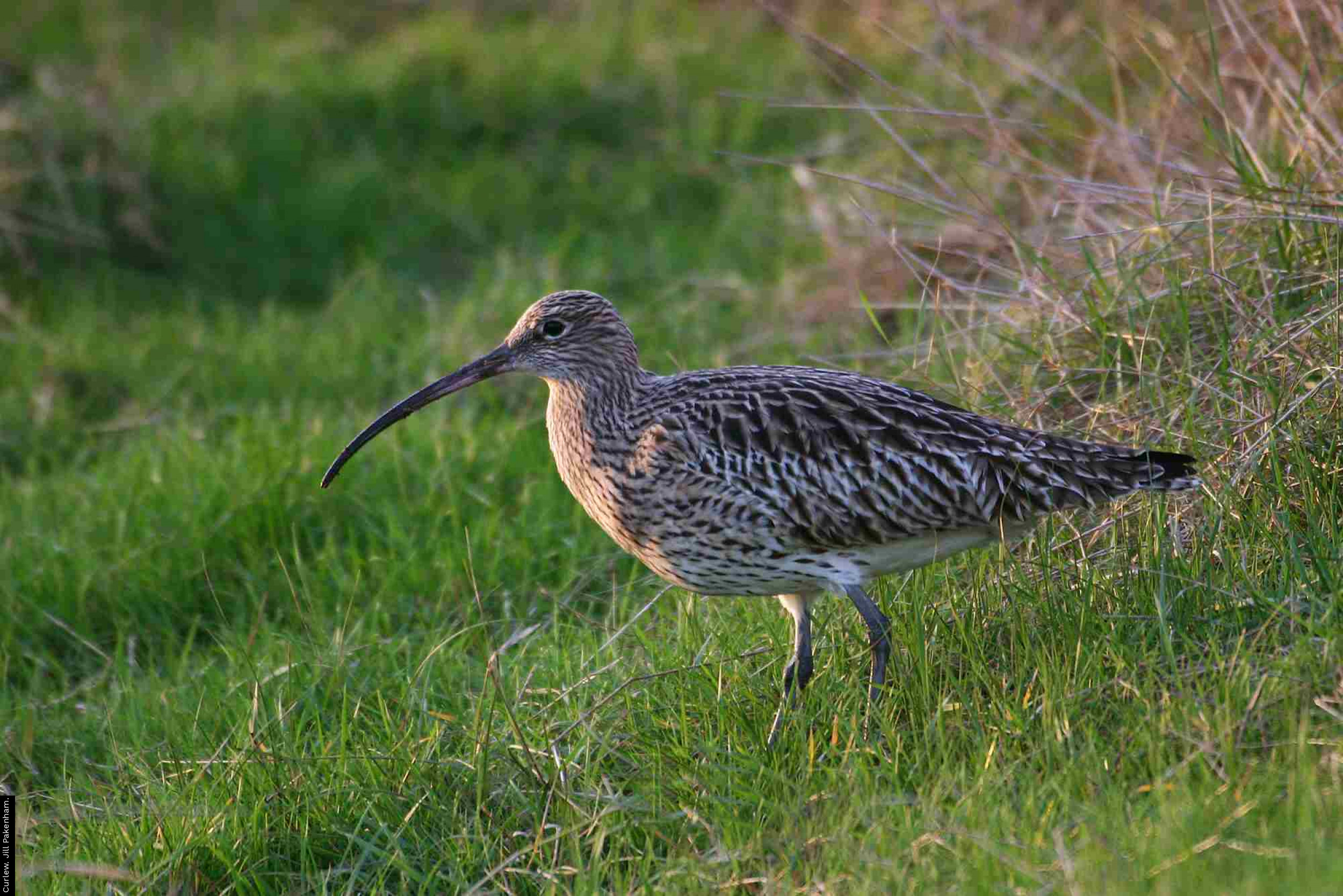
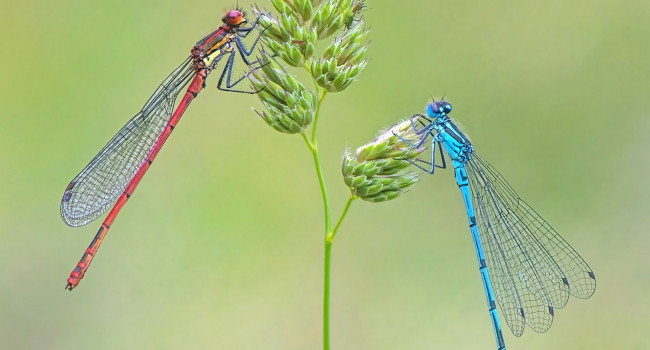
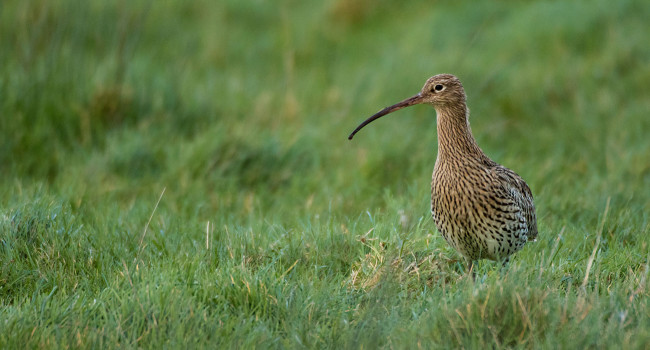


Share this page